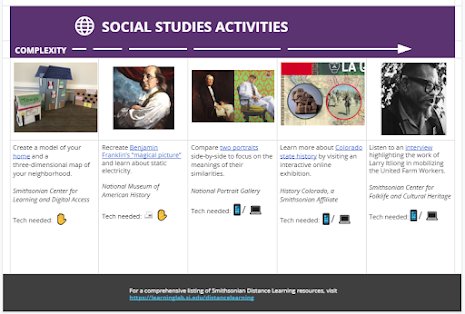Choice boards are a great tool for middle school teachers to use in their classrooms. They allow students to have a say in their learning and can be used in a variety of subjects and settings.
What is a choice board?
A choice board is a visual representation of a set of options that students can choose from to complete a task or activity. It can be used in place of a traditional worksheet or assignment, giving students the opportunity to select their own learning path.
Choice boards can be created in a variety of formats, including physical boards with cut-out choices, or digital versions using tools like Google Slides or Microsoft PowerPoint.
Benefits of using choice boards in middle school
Choice boards can be especially beneficial for middle school students, as they are at a stage where they are developing their own interests and preferences. Allowing them to choose their own learning activities can increase motivation and engagement.
Choice boards can also support differentiation in the classroom. Teachers can create a range of options that cater to different learning styles, abilities, and interests, ensuring that all students have the opportunity to learn in a way that is meaningful to them.
Here are some tips for using choice boards in middle school:
Plan ahead: Before introducing a choice board, it's important to have a clear learning goal in mind. This will help you create a range of options that align with the objectives of the lesson.
Offer a variety of options: Make sure to include a range of options, including activities that are more challenging and those that are more accessible. This will allow students to select a choice that is appropriate for their skill level.
Provide clear instructions: Make sure to clearly outline the expectations and requirements for each option on the choice board. This will help students understand what is expected of them and ensure that they are meeting the learning objectives.
Allow for flexibility: While it's important to have a plan, it's also important to be open to adapting and adjusting the choice board as needed. For example, if a student is struggling with a particular option, you may need to provide additional support or offer an alternative.
Choice boards can be a useful tool for middle school teachers looking to engage and motivate their students. By offering a range of options and allowing students to choose their own learning path, teachers can support differentiation and create a more personalized learning experience.



Comments
Post a Comment
Thank you for commenting on the ETTC blog, your post will appear as soon as it is approved by our moderator.